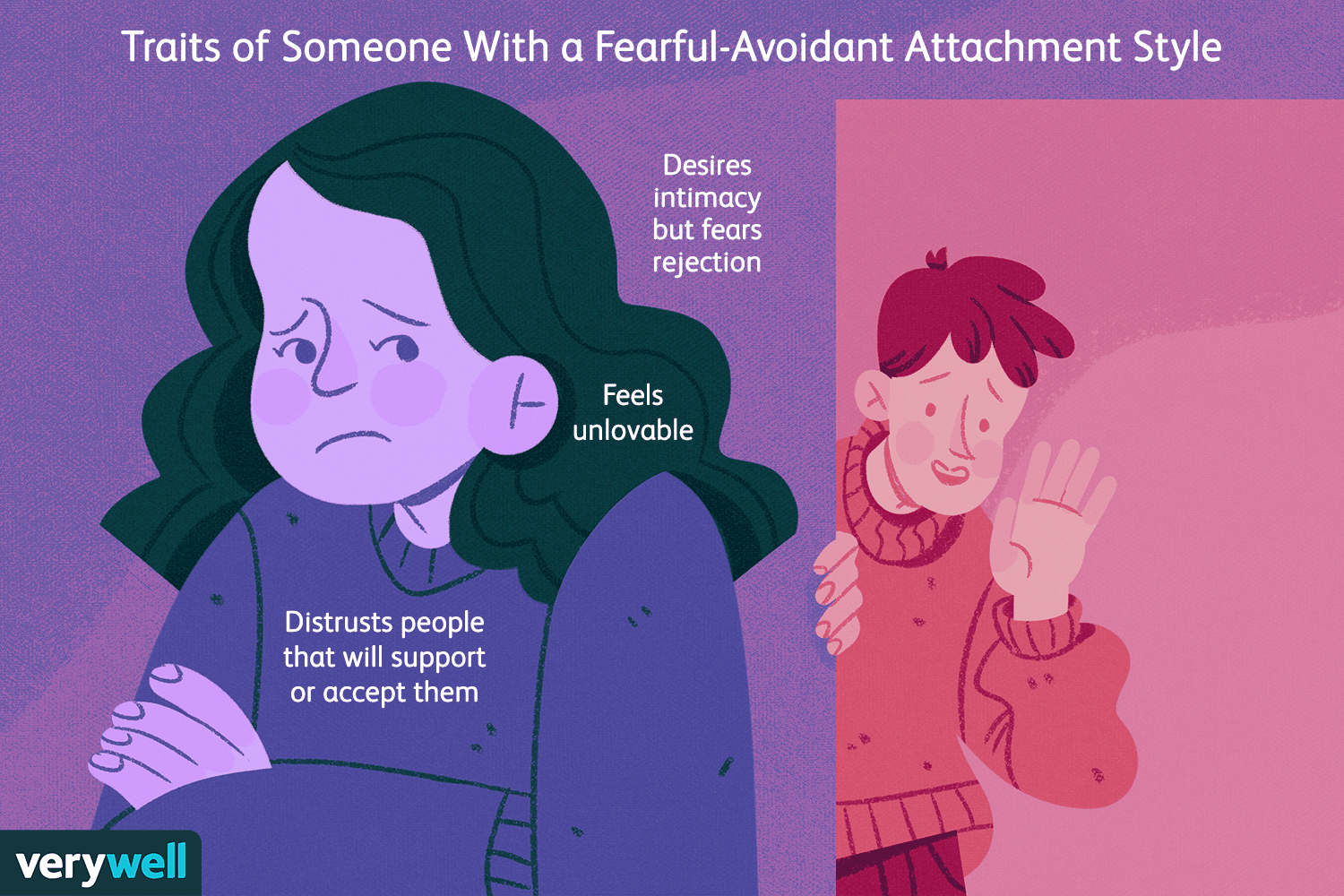Attachment Styles and the Fear of Intimacy: Breaking the Cycle of Avoidance
Attachment theory suggests that our earliest relationships with our primary caregivers shape our attachment styles, which in turn influences how we relate to others in our adult relationships. When someone has an avoidant attachment style, they tend to avoid emotional closeness and intimacy in their relationships, which can lead to feelings of loneliness, anxiety, and isolation.
If you identify as having an avoidant attachment style, it's essential to understand how this pattern of avoidance may be affecting your relationships and learn strategies to help you break the cycle of avoidance.
Understanding Avoidant Attachment Style
Avoidant attachment style develops in response to caregivers who were emotionally unavailable, unresponsive, or inconsistent in meeting their child's needs. Children with avoidant attachment learn that their needs won't be met, and they may develop strategies to avoid seeking help or reassurance from others.
In adulthood, individuals with an avoidant attachment style tend to keep people at arm's length, avoid emotional vulnerability, and shy away from any situation that may bring them too close to another person. They often struggle to form deep and meaningful connections, and their relationships tend to be superficial, emotionally distant, and unfulfilling.
The Fear of Intimacy
Fear of intimacy is a common struggle for those with an avoidant attachment style. This fear can arise from past experiences of rejection, betrayal, or abandonment, and it can be challenging to overcome. Those with an avoidant attachment style may feel that getting too close to someone puts them at risk of being hurt, so they keep their distance as a form of self-protection.
Unfortunately, this fear of intimacy can prevent individuals from experiencing deep and meaningful connections with others, which can lead to feelings of loneliness, isolation, and disconnection.
Breaking the Cycle of Avoidance
Breaking the cycle of avoidance requires self-reflection, understanding, and effort. The following strategies can help individuals with an avoidant attachment style overcome their fear of intimacy and build healthier, more fulfilling relationships:
Identify Your Avoidant Behaviors
The first step in overcoming avoidance is to identify the ways in which you may be avoiding emotional intimacy in your relationships. This may include being emotionally distant, avoiding physical touch or eye contact, or not expressing your emotions honestly.
Challenge Your Negative Beliefs
Negative beliefs about yourself or relationships can reinforce your avoidant behaviors. It's essential to challenge these beliefs and develop more positive and realistic thoughts about yourself and your relationships.
Practice Vulnerability
Vulnerability is a critical aspect of building intimacy in a relationship. Practice opening up to your partner about your feelings, thoughts, and fears, and allow yourself to be vulnerable with them.
Communicate Your Needs
Communication is essential in any relationship, but it's especially important for those with an avoidant attachment style. Let your partner know your needs and how they can support you, and be willing to listen to their needs as well.
Seek Professional Help
Breaking the cycle of avoidance can be challenging, and seeking the help of a mental health professional can be beneficial. A therapist can help you explore the root of your avoidant behaviors and develop strategies to help you overcome them.

